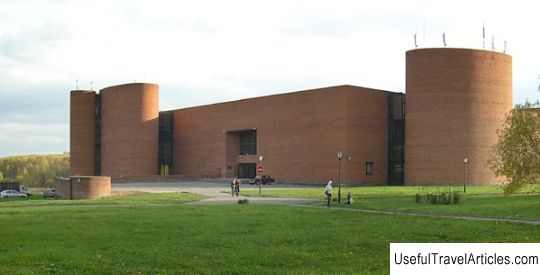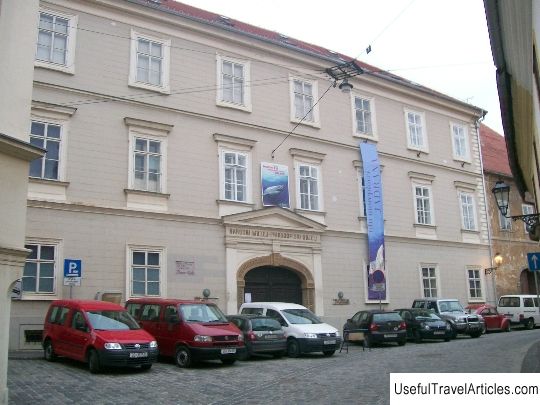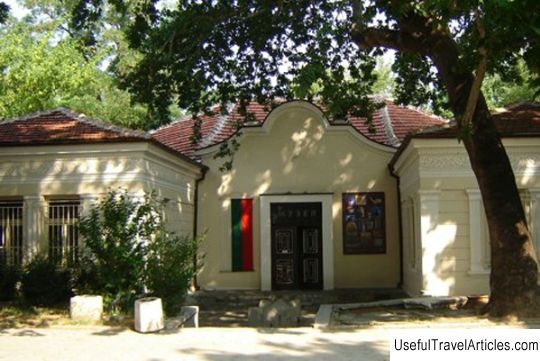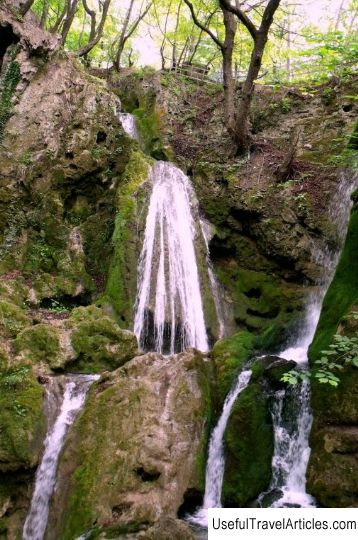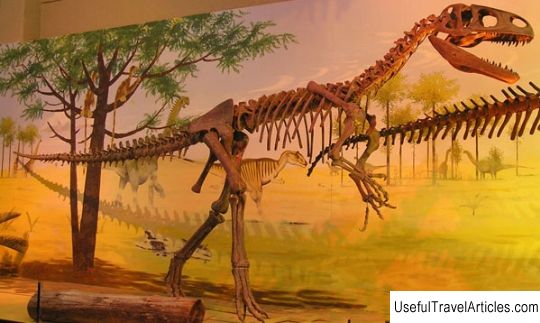Paleontological Museum description and photos - Bulgaria: Asenovgrad
Rating: 7,8/10 (657 votes) 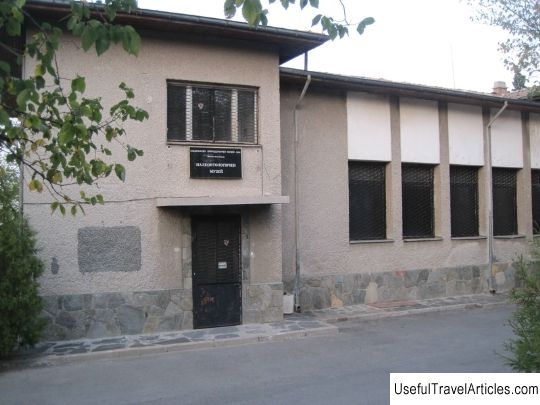
Paleontological Museum description and photos - Bulgaria: Asenovgrad. Detailed information about the attraction. Description, photos and a map showing the nearest significant objects. Photo and descriptionThe paleontological museum of the city of Asenovgrad is reasonably considered one of the most interesting in the country. Its exhibitions are based on a collection of fossils collected over thirty years by the amateur scientist Dimitar Kovachev together with local schoolchildren. Over time, however, the collection of exhibits became much larger thanks to the work of many specialists, and the staff of the museum included professional paleontologists. The first exposition of the museum was officially opened in 1995 and is devoted mainly to the evolution of prehistoric animals. According to experts, one of the most significant exhibits presented at it is the fossilized skeleton of a four-meter dinosaur Turolian Dinotherium, brought here from Ezerovo. A little later, the exposition was opened. located on the second floor of the museum. In its thirty halls, visitors can get acquainted with the whole variety of prehistoric flora and fauna of Bulgaria during the Mesozoic era. The Paleontological Museum displays the only surviving skeleton of a prehistoric hyena found in Bulgaria, and the only surviving entirely saber-toothed tiger head. In addition, in the collection of the museum, you can find a copy of the skeleton of a tiger Metailurus, fossil remains of the monkey Mesopiticus Delsoni, mastodons, antelopes, gazelles, hipparion horses and many others. On the ground floor are shown the remains of a huge proboscis animal - dinoterium, which weighed more than 12 thousand kilograms and lived 8 million years ago in swampy areas. This specimen is considered unique as it contains the most preserved bones. The already impressive fund of the museum is complemented by ocean fossils, sea corals, fossilized remains of reptiles and turtles. The Asenovgrad collection of vertebrates of the Neogene and Miocene contains more than 25 thousand exhibits of forty different species. Also, active paleontological studies of the fossilized remains of ancient animals are carried out here, many of which are still poorly studied and almost unknown to modern science.     We also recommend reading Cruiser Belfast (HMS Belfast) description and photos - Great Britain: London Topic: Paleontological Museum description and photos - Bulgaria: Asenovgrad. |
